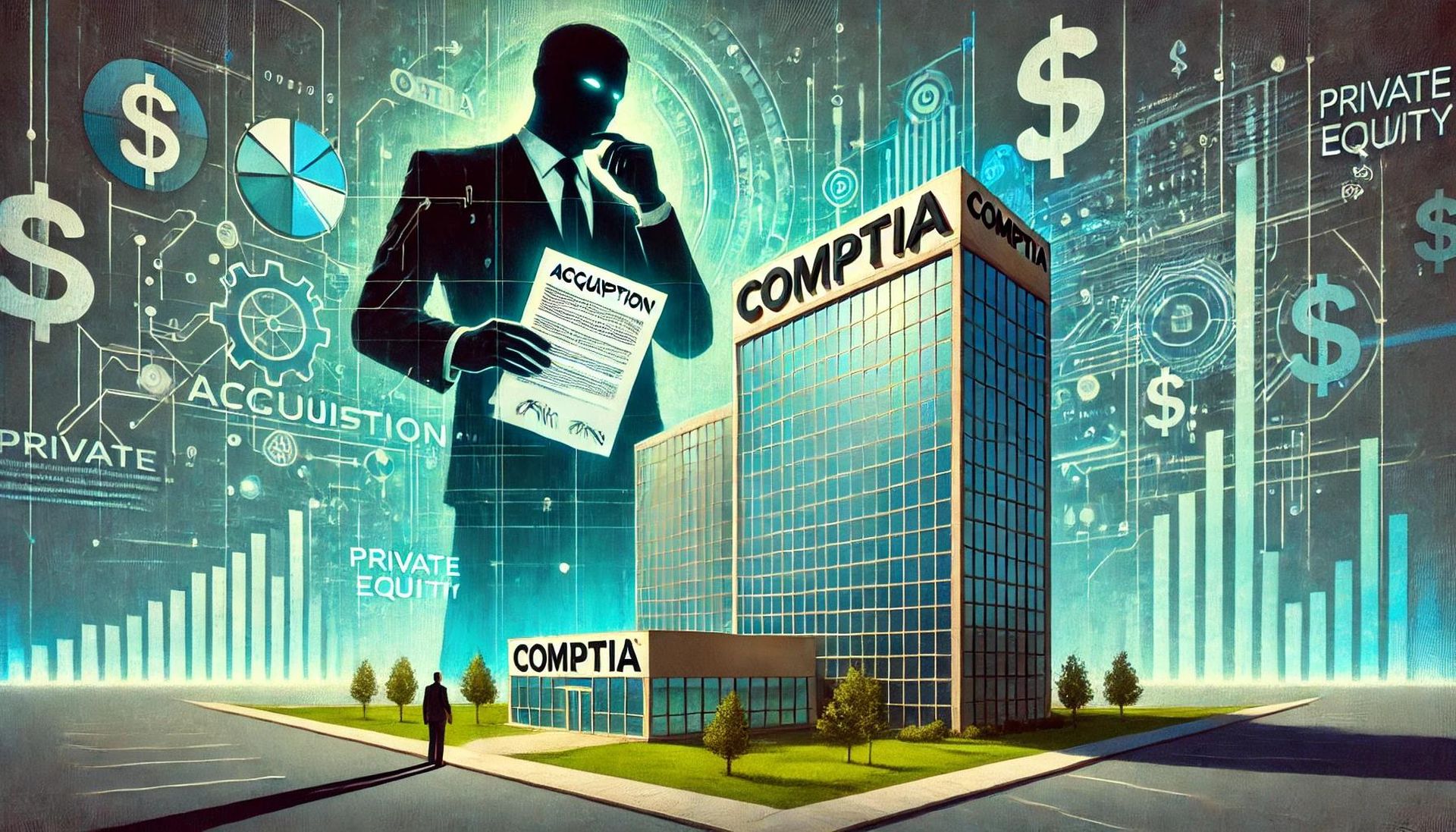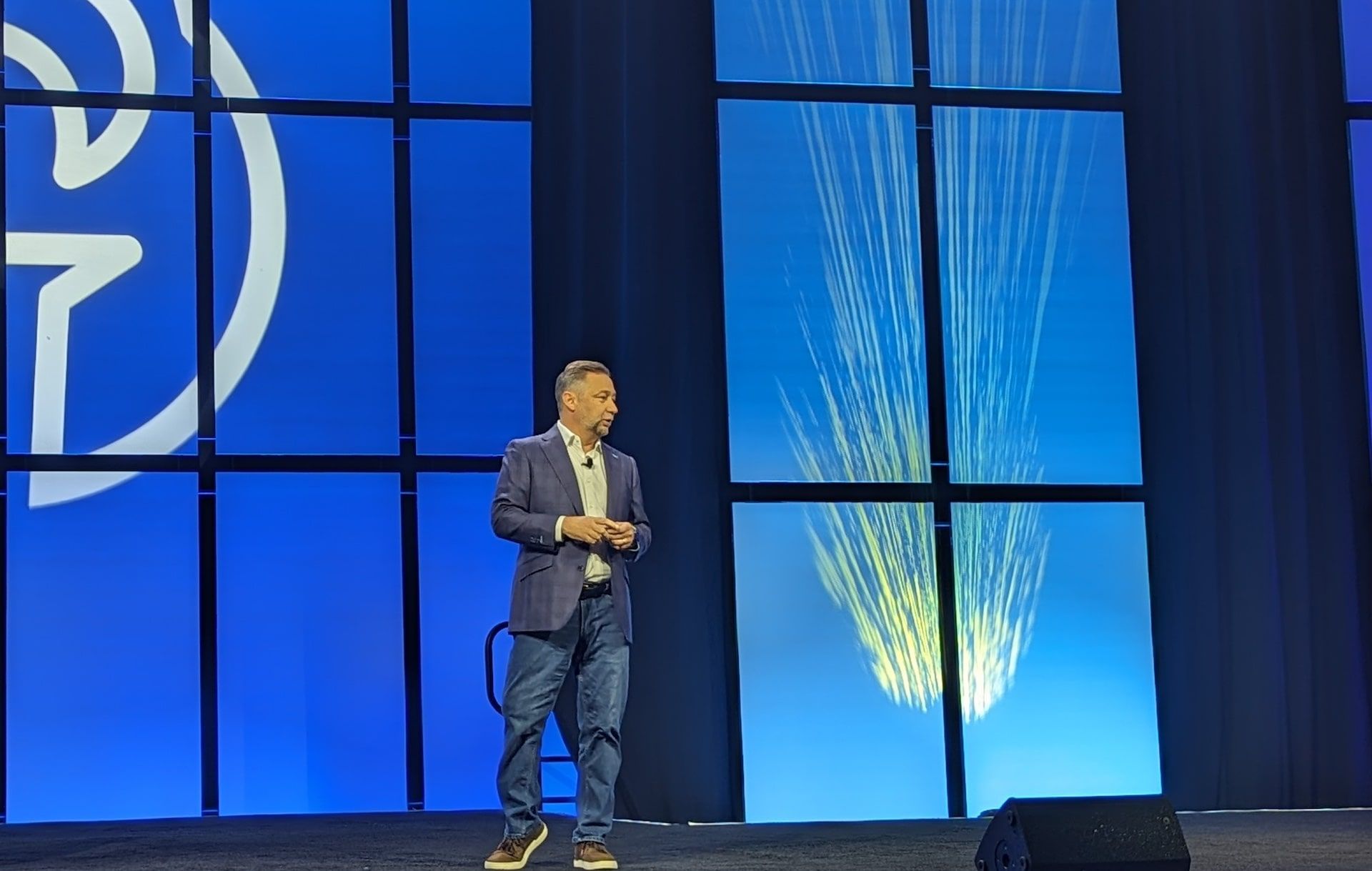Like all families, we have a long list of weekend tasks that we routinely triage to focus on the highest priority ones (e.g., “Register our kids for school next year” seems to always trump “create a scrapbook of cool school projects”). And, as a result, some tasks can languish at the bottom of the list for a long time.
Just this past weekend, we finally got around to removing the children’s books from our kids’ rooms to create a little more space. To give you some sense of the vintage of this “weekend to-do,” our kids are in their late teens.
It brought back tons of happy memories – and generated a tear or two. We loved to read, and the kids loved to listen. But as all things with our family (and with every family) there was a bit of a twist.
In a nutshell, it had to do with being business people living in Washington, DC. Washington has come a long way toward being a real business capital, but business people here are most decidedly not the cool kids.
Our girls went to school with children of important people from politics, law, and the media. Being the children of business people, in the grungy work of making and selling stuff, seemed a lot less cool than all the great DC jobs — like being one of the leaders of the free world, helping to run the largest organization on earth, or setting legal precedent that will transform society for generations.
We coped by trying to explain what we did through the lens of different childhood experiences. Halloween was our opportunity to teach them sales disciplines (number of houses called on X candy per house = total candy). Christmas was all about supply chain management (“how many houses does Santa need to hit per minute?”).
Executive Reading
As a result, we often tried to help our children understand what we did by linking the books we were reading to our everyday lives as business people. We often talked about the characters through the lens of work life – who might they be in your life when you start your own job in business?
In putting away the books, I realized two things: First, not all books are good prep for a business career – the gentle rhythms of “Goodnight Moon” don’t seem all that applicable. But on the other hand, many books paint a pretty comprehensive picture of the “people you’ll meet” across the executive suite of a company.
Some examples:
- “Make Way for Ducklings” by Robert McCloskey. Mrs. Mallard gets eight ducklings to the Public Garden in line, on time, on budget, and – importantly – safely. She even minimizes input cost by having other people feed them. She will be the COO, and handle logistics, safety and procurement. (And she will insist on tiresome naming standards – Kack, Jack, Quack, Ouack, etc.)
- “Green Eggs and Ham” by Dr. Seuss (with thanks to my former colleague, Mike Archer, who called this to my attention). Sam is the prototypical sales leader – teaches, tailors (“would you eat them in a box? Would you eat them with a fox?”), and asserts control (“eat them, eat them you will see”).
- “Henry Hikes to Fitchburg” by D.B. Johnson. This book purports to be an adaptation of Thoreau for the younger set. I read it as a masterpiece of activity-based costing, and project cost estimation. Henry will be the head of FP&A/planning (they know how to live deliberately).
- “Where the Wild Things Are” by Maurice Sendak. Max is naughty, ends up in a strange place with strange animals, eventually figures out how not to get himself killed, and goes to better parties than you. He will run global markets.
- “Officer Buckle and Gloria” by Peggy Rathmann. Officer Buckle is serious to a fault and sees risk everywhere. Gloria is innovative to a fault. Sometimes they work well together. Meet the general counsel and the head of corporate strategy.
- “Madeline” by Ludwig Bemelmans. Miss Clavel finds a way to simultaneously ensure that Madeline (who is the high potential in the group) gets appropriate focus, without losing the focus on moving everyone forward and keeping that healthcare from bankrupting the operation. She is the chief HR officer.
- “Harry Potter and the Sorcerer’s Stone” by J.K. Rowling. Harry accomplishes amazing things despite tools overhyped by vendors and insufficiently collaborative colleagues. He is the CIO. (Voldemort = cybercrime.)
- “Harold and the Purple Crayon” by Crockett Johnson. Harold has remarkable creativity and vision, and can convert a blank page into something amazing. Unfortunately, he only has budget for one crayon. He is the CMO.
- “The Cat in the Hat” by Dr. Seuss. The spiffily dressed cat comes into the house, convinces everyone to do all sorts of cool stuff, and then leaves them with the mess. The cat is an external advisor like a banker or consultant.
- “The Little House” series by Laura Ingalls Wilder. Laura always finds a way to engage in the world around her, and engage new people in every community where she lives.This is made more complicated by her Pa and Ma, who routinely move the family in response to opportunities and threats in the world around them. (“The Big Woods are for us.” “Prairie, here we come.” “How about this great new house by the creek?”). Pa and Ma are — you guessed it — your chairman and CEO.
Goodnight leaders everywhere…





